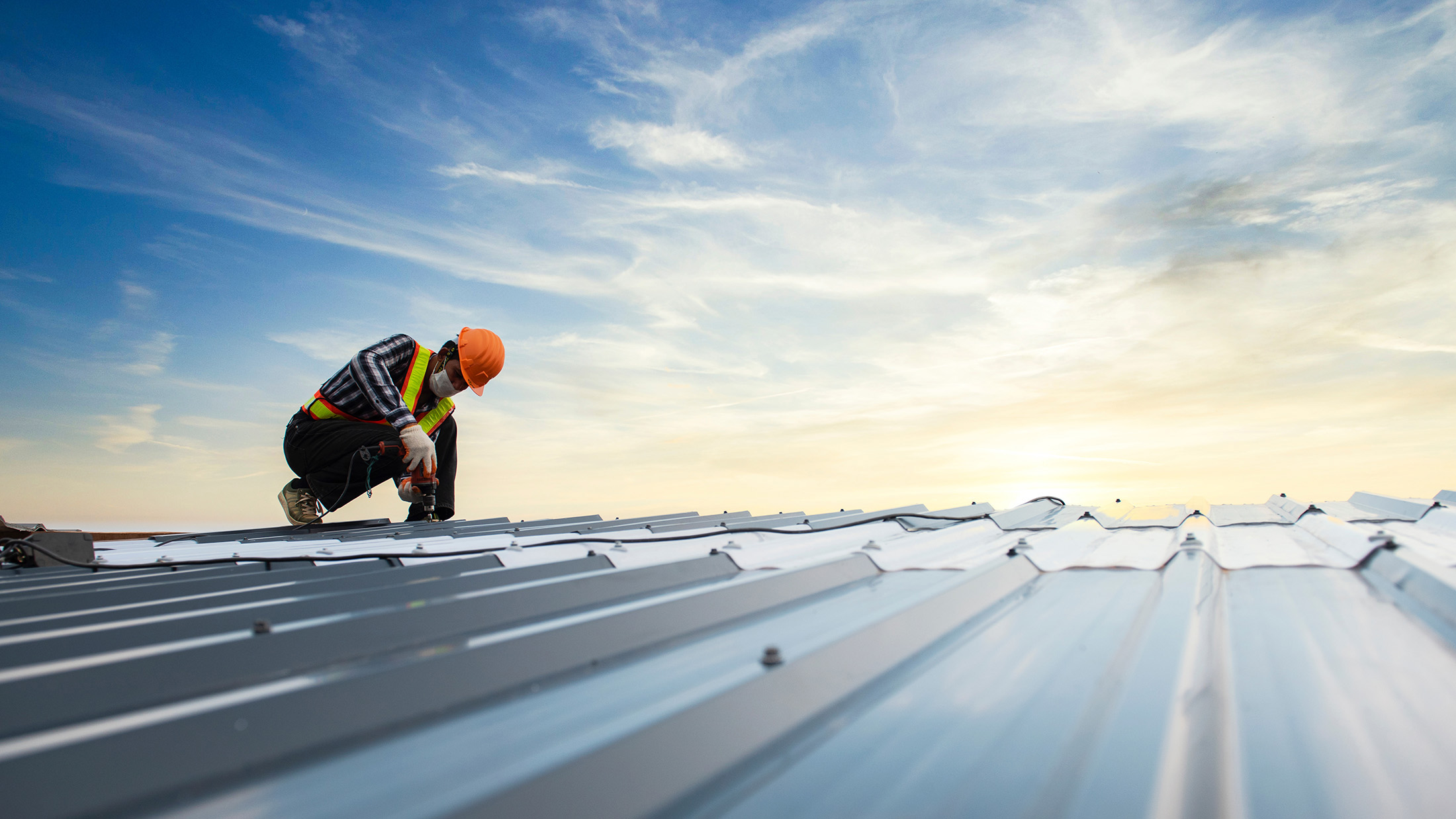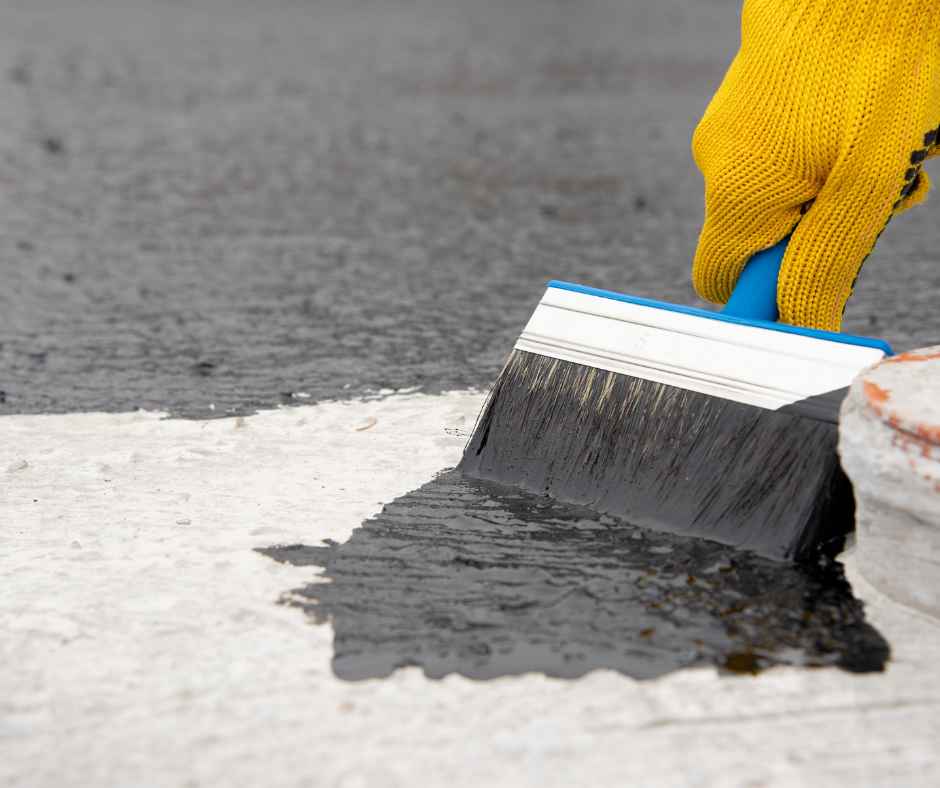When to Consider Sump pump installation & replacement Omaha: A Maintenance Planner
Wiki Article
Sorts of Waterproofing: Checking Out the Different Approaches and Their Applications
Waterproofing is a vital facet of building and upkeep. It shields frameworks from the damaging impacts of water damage. There are a number of approaches available, each with its one-of-a-kind applications and advantages. From membrane systems to cementitious services, understanding these alternatives is vital for efficient implementation. The choice of waterproofing method can significantly influence durability and long life. Exploring these different techniques reveals their distinct advantages and potential obstacles, prompting further consideration of excellent services.Membrane Waterproofing Equipments
Membrane layer waterproofing systems act as a crucial obstacle versus water intrusion in different frameworks. These systems usually include slim sheets made from materials like rubber, thermoplastic, or asphalt, which are used to surface areas to stop dampness infiltration. They can be mounted over or below quality and are specifically reliable in areas prone to high water direct exposure, such as basements, roofs, and foundations.The installation procedure involves cleansing the substratum, using adhesives or primers, and exactly fitting the membrane to guarantee total protection. Membrane layer systems can be either completely adhered, mechanically attached, or laid loose, relying on the certain needs of the project. They offer durability and adaptability, suiting structural movements without compromising their waterproofing capacities. These systems can be strengthened with extra layers for boosted defense. Ultimately, membrane layer waterproofing systems are vital for protecting frameworks against water damage and preserving long-term integrity.Liquid-Applied Waterproofing Coatings
Liquid-applied waterproofing finishings give a functional solution for securing surface areas from water infiltration - Basement waterproofing Omaha. These finishings include fluid materials that, when used, develop a smooth, adaptable membrane layer. Their flexibility permits application on numerous substrates, consisting of concrete, metal, and wood. The coverings can be used in varied atmospheres, from property to industrial settings, making them appropriate for roof coverings, foundations, and below-grade structures.One significant advantage of liquid-applied coverings is their capability to comply with uneven shapes and penetrate splits, producing a durable obstacle against dampness. They frequently exhibit outstanding adhesion residential or commercial properties and resistance to UV radiation, making certain longevity and longevity. Additionally, the application procedure is commonly uncomplicated, allowing for quick installment and minimized labor costs. This approach also reduces the risk of water merging, as the continual layer properly routes water away from vulnerable areas. Generally, liquid-applied waterproofing layers are a reliable selection for detailed water protectionCementitious Waterproofing Solutions

Cementitious waterproofing solutions supply a durable choice for structures calling for trustworthy wetness protection. These systems mainly utilize a blend of cement, sand, and chemical ingredients to produce a water resistant obstacle. They are usually used to surfaces such as concrete wall surfaces, structures, and floorings, providing a sturdy, durable defense versus water intrusion.One of the key advantages of cementitious waterproofing is its ease of application; it can be used making use of a brush, roller, or spray, making it appropriate for numerous project dimensions. In addition, this method is suitable with numerous surface areas and can often be used along with other waterproofing techniques.Cementitious services are especially efficient in atmospheres where water direct exposure is a problem, such as basements or below-grade structures. Their superb bond buildings ensure that they bond well with substrates, supplying a strong and nonporous layer versus moisture penetration.
Bentonite Waterproofing
Bentonite waterproofing is a highly effective approach that makes use of sodium bentonite clay to produce a natural barrier versus water. This technique makes use of the special residential or commercial properties of bentonite, which broadens upon contact with water, sealing any kind of possible leakages and avoiding moisture seepage. It is typically made use of in numerous applications, including foundation walls, tunnels, and retaining walls, where water resistance is essential.Bentonite can be applied in numerous forms, such as helpful resources panels or blankets, providing convenience in setup. Its capacity to self-seal makes it an eye-catching option for areas subject to shifting soil or rising and falling water degrees. In addition, bentonite waterproofing is eco-friendly, as it is a natural material that does not present hazardous chemicals right into the surroundings.Drain and External Waterproofing Equipments
Efficient waterproofing usually entails a combination of techniques, including drain and exterior systems. Drainage systems, such as French drains and sump pumps, are designed to redirect water liquid waterproofing for flat roofs away from frameworks, minimizing hydrostatic stress versus foundations. These systems are important in preventing water build-up that can bring about structural damages and mold growth.External waterproofing, on the various other hand, includes applying safety barriers to the building's outside. Methods such as the installment of water-proof membranes, finishings, or sealers can aid prevent water infiltration. This technique not just secures the foundation yet likewise enhances the overall sturdiness of the structure.Together, drainage and external waterproofing systems develop a detailed option to handle water efficiently. By implementing these strategies, property owners can safeguard their investments versus the harmful effects of wetness, guaranteeing lasting stability and security for their buildings.Frequently Asked Questions
Just how Do I Pick the Right Waterproofing Technique for My Job?
Picking the appropriate waterproofing approach depends upon elements such as job type, environmental problems, budget, and desired longevity. Reviewing these elements enables informed choices customized to particular needs and requirements.
Can Waterproofing Be Applied in Cold Climate Issues?
Waterproofing can be applied in winter problems, but it calls for particular products and methods. Cold temperature levels may affect treating times and adhesion, requiring careful option of items developed for low-temperature application.
What Are the Common Indicators of Waterproofing Failure?
Usual indicators of waterproofing failure consist of noticeable water spots, peeling paint, moist smells, mold and mildew development, and splits in walls or foundations. Sump you can try this out pump installation & replacement Omaha. These signs recommend that moisture is penetrating the obstacle, endangering its performanceHow Long Does Waterproofing Last Prior To Requiring Upkeep?
The longevity of waterproofing differs, normally lasting between 5 to ten years. Elements such as worldly high quality, environmental conditions, and upkeep techniques affect its durability, requiring regular assessments to ensure effective security versus water invasion.Exist Eco-Friendly Waterproofing Options Available?
The concern of environment-friendly waterproofing choices discloses a growing rate of interest in sustainable products (Water Solutions Omaha). Different all-natural compounds, such as plant-based sealers and recycled products, provide efficient solutions while reducing ecological influence, attracting eco mindful consumersReport this wiki page